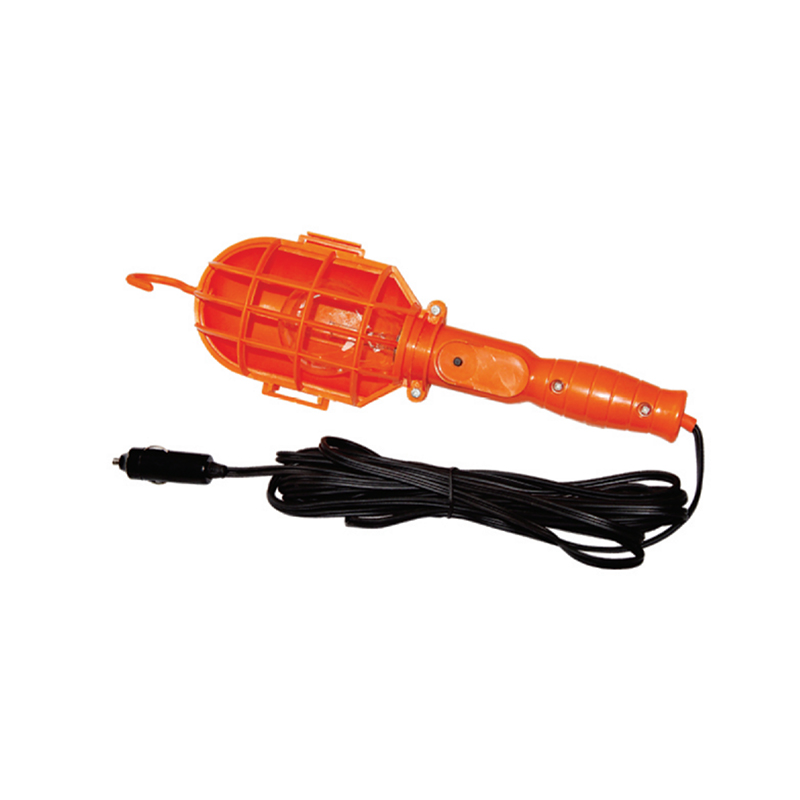What materials are commonly used in the construction of car overhaul lamps?
Car overhaul lamps are constructed from a variety of materials to ensure durability, functionality, and safety. Here are some of the commonly used materials:
Housing/Body:
Plastic: High-impact, heat-resistant plastics like polycarbonate or ABS (Acrylonitrile Butadiene Styrene) are often used. These materials are lightweight, durable, and resistant to damage from drops or rough handling.
Aluminum: Some higher-end models use aluminum or aluminum alloys for the housing. Aluminum is lightweight, provides good heat dissipation, and offers excellent durability.
Lens/Cover:
Polycarbonate: This material is commonly used for the lens or cover due to its high impact resistance, clarity, and ability to withstand high temperatures.
Acrylic: Acrylic is also used for lenses, offering good clarity and impact resistance, though it is not as durable as polycarbonate.
Light Source:
LEDs (Light Emitting Diodes): LEDs are the most common light source used in modern overhaul lamps due to their energy efficiency, long lifespan, and bright, consistent light output.
Fluorescent Tubes: Some older models may use fluorescent tubes, which provide good light but are less efficient and more fragile compared to LEDs.
Incandescent Bulbs: Rarely used in modern designs due to their inefficiency and shorter lifespan, but some older or basic models might still use them.

Battery and Power Components:
Lithium-ion Batteries: Rechargeable lithium-ion batteries are commonly used in cordless models for their high energy density, long life, and relatively low weight.
Nickel-Metal Hydride (NiMH) Batteries: Used in some models as an alternative to lithium-ion batteries, offering good performance but generally with a lower energy density.
Switches and Controls:
Silicone Rubber: Used for buttons and switches to provide a good tactile feel, resistance to dust and moisture, and durability.
Metal Contacts: High-quality metal contacts ensure reliable electrical connections and longevity of the switches.
Reflectors:
Aluminum or Reflective Coatings: Reflective surfaces inside the lamp housing are often coated with aluminum or other reflective materials to enhance light output and direct it effectively.
Handles and Mounting Hooks:
Rubber or Silicone Coating: Handles and hooks are often coated with rubber or silicone to provide a comfortable grip and prevent slipping.
Metal Hooks: Sturdy metal hooks or magnets may be used for mounting the lamp during use, ensuring stability and ease of positioning.
Heat Sinks:
Aluminum: Integrated heat sinks made of aluminum help dissipate heat generated by the LEDs, maintaining the lamp's efficiency and longevity.
These materials are chosen to ensure that car overhaul lamps are robust, reliable, and effective tools for automotive repair and maintenance.

 English
English 中文简体
中文简体












